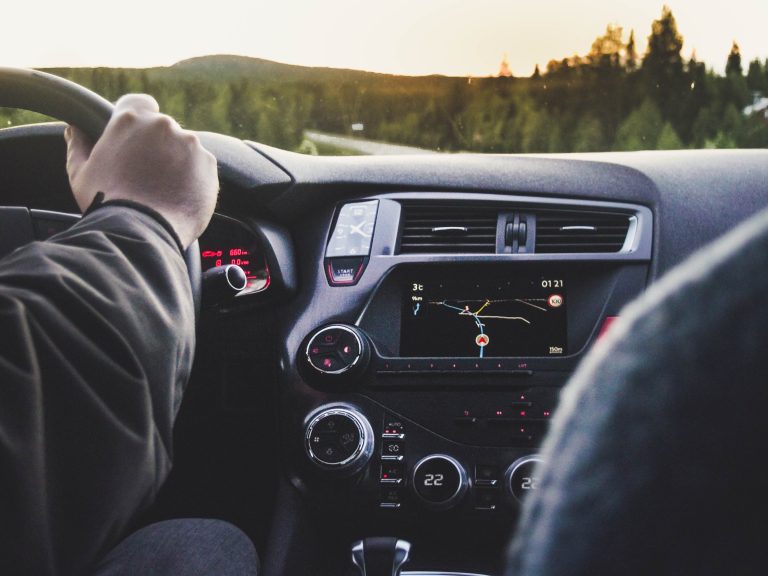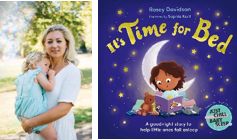
By SWNS Staff
As summer heats up and Americans hit the roads for vacations and family time, you may want to set some ground rules while driving – otherwise your kid is likely to grow up to be a backseat driver.
The poll of 2,000 American parents of teenagers found three in 10 respondents said their teen is the family’s biggest “backseat driver,” while 23% said the same of their spouse or partner.
The survey analyzed the added stress that so-called “backseat drivers” can place on travel and other drivers, once the roles are reversed and the parent become the passenger.
Giving unsolicited advice on when you should turn (49%), complaining that you’re driving too slowly (37%) and white knuckling the dashboard (36%) are the top signs a backseat driver is in your midst.
Seventy-three percent of American parents admit at least one member of their immediate household is a “backseat driver.”
Among parents who had taught their child how to drive (32%) or were in the process of doing so (33%), eight in 10 admit that they themselves become a backseat driver when their kids were behind the wheel.
Commissioned by Smith Micro Software and conducted by OnePoll, the survey also examined how parents felt about letting their teens roam the open roads for the first time without them in the car.
Six in 10 parents (62%) were uncomfortable when their teen began driving without an adult present.
Their concern is mostly tech-related — 70% of parents believe their child’s generation is more at risk of distracted driving accidents than any other generation due to smartphones.
“The results show half of the distracted driving behaviors parents are most worried about are phone-related,” said William W. Smith Jr., President and CEO of Smith Micro. “It’s further proof that smartphone-related distracted driving – and the additional auto accidents caused as a byproduct – is a widespread safety problem in our mobile-first society.
According to the survey, 21% of parents said smartphone use was the most dangerous distracted driving behavior, 16% voted for talking on the phone as most dangerous, while 13% selected texting. Thirteen percent of parents also cited driving with friends in the car as another dangerous distraction for their teen.
Sixty-five percent of parents said their teen(s) will drive or ride with friends more frequently this summer compared with last summer due to the easing up of COVID-related restrictions.
Six in 10 parents (63%) also believe the more their teen drives or rides with their friends, the more likely they are to get in a car accident caused by distracted driving.
“With school ending and the summer driving season about to begin, teen drivers will be spending a lot more time on the road with their friends and their smartphones,” Smith said. “An all-encompassing digital lifestyle app that protects children from inappropriate digital content within the home while also monitoring the driving habits and whereabouts of young drivers can be a gamechanger for busy parents concerned about the wellbeing of their children.”
Nearly six in 10 (57%) parents surveyed said they have or would consider using a mobile app to monitor, detect and report upon their teen’s dangerous driving behavior. Additionally, 69% of parents said that this type of app would be helpful in teaching their teen safer driving habits.
MOST COMMON BACKSEAT DRIVER BEHAVIORS
- Giving unsolicited advice on when you should turn – 49%
- Complaining that you’re driving too slowly – 37%
- White-knuckling the dashboard – 36%
- Complaining that you’re driving too fast – 31%
- Yelling “watch out!” at the sight of pedestrians / animals on the road – 26%
MOST DANGEROUS DRIVING DISTRACTIONS FOR TEEN DRIVERS, ACCORDING TO PARENTS
- Smartphone use – 21%
- Talking on the phone – 16%
- Driving with friends in the car – 13%
- Texting – 13%
- Other cars on the road – 8%



















